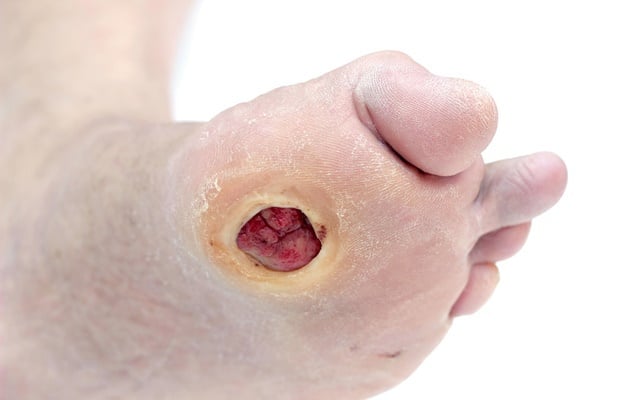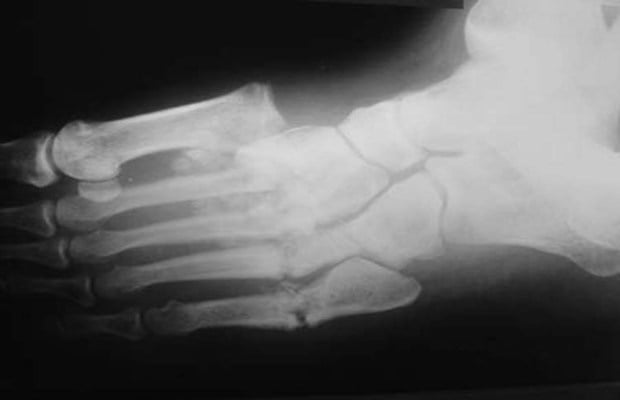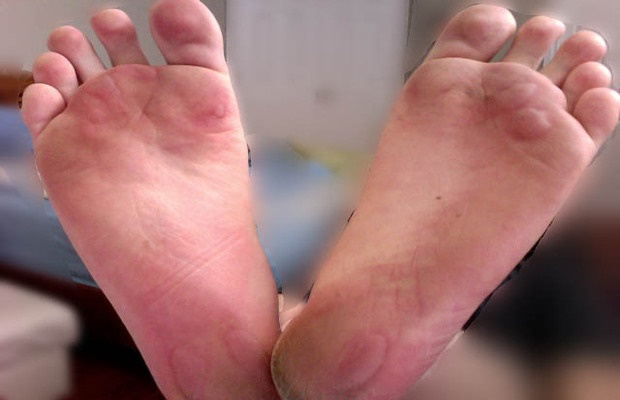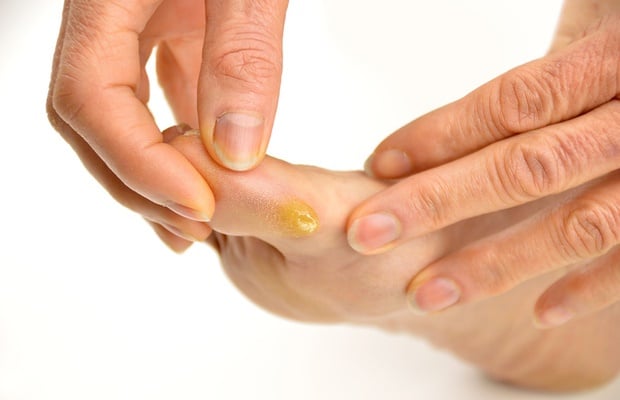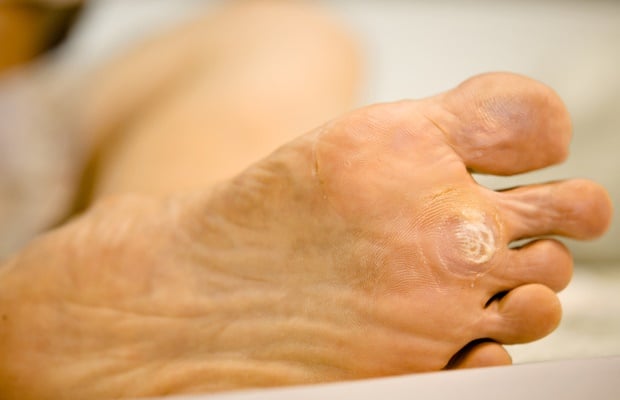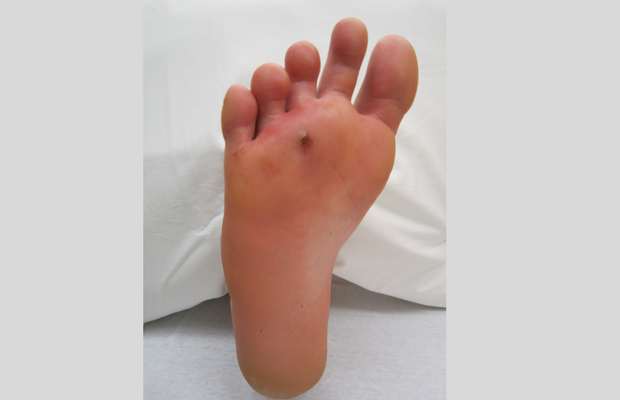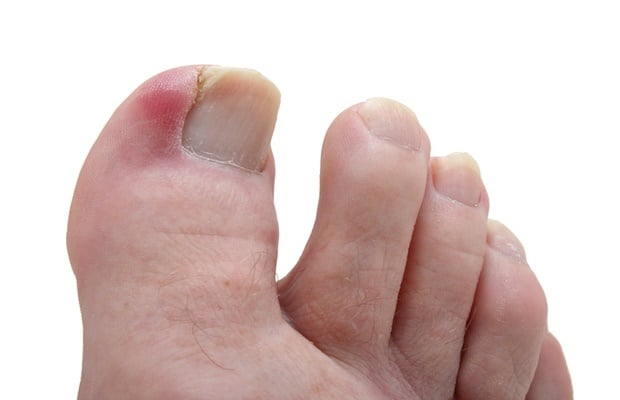Cancer kills millions of people annually and is commonly feared as “the Big C”. But what if we had a vaccine, especially one that can attack different kinds of cancers?
A new study in mice suggests it’s possible: A shot containing two compounds that stimulate the immune system was injected directly into tumours and killed those cancer cells.
Stimulating the immune system
Not only that, it also destroyed rogue cells from the tumours that had already travelled to other sites in the rodents’ bodies, researchers reported.
The study was published in the journal Science Translational Medicine.
What’s more, they said this approach worked for lymphoma, breast cancer, colon cancer and the deadly skin cancer melanoma.
How did the researchers accomplish the feat?
“We found a way to get the body to reject cancer by putting stimulants of the immune system directly into the cancer,” said study author Dr Ronald Levy, director of the lymphoma programme at the Stanford Cancer Institute in California.
Minimal side effects
“The immune system can recognise cancer and kill it, but the cancer is inhibiting the immune cells. If we stimulate the immune cells, we can get them to do their job at the tumour and do the job elsewhere,” he said.
However, according to a previous Health24 article, cancer vaccines have been promising without really delivering for decades.
So will this approach work in humans?
Levy said he has no reason to believe it wouldn’t. And because the treatment is injected directly into the tumour in very small doses, side effects would likely be minimal.
But Dr Len Lichtenfeld, deputy chief medical officer of the American Cancer Society, was considerably more cautious about the treatment’s potential.
“This study had excellent results. The mice had substantial responses, and the mice lived longer. But it’s important to remember that it’s a mouse study. Lab studies in animals don’t always translate to people,” said Lichtenfeld, who had no part in the study.
Foreign invaders
He noted it’s a good sign that both agents used in the new treatment are already being tested in people.
Levy and his colleagues explained that as cancer begins to develop, the immune system recognises cancer cells as foreign invaders and sends cells to attack and destroy the invader. Specifically, T-cells often infiltrate and attack cancer cells.
But as the tumour grows, the cancer cells may come up with ways to suppress the activity of the T-cells, according to the researchers. This allows cancers to grow at the original site, and to release cells that allow cancer to spread to other parts of the body.
A lot of unknowns
So far, the researchers were able to eliminate four types of cancer in the mouse study. In the majority of those cases, one treatment was enough to eliminate the cancer.
The researchers expect to start a small human trial involving 15 people with lymphoma soon.
Dr Levy said he imagines that this treatment would be one tool against cancer, and that it would likely be combined with other treatments to overwhelm the disease. He noted that when treatments such as surgery and radiation are combined, some cancers can already be treated successfully.
Lichtenfeld pointed out that there are still a lot of unknowns about this treatment: Will it work on everyone? How many cancers might be impacted? Does it have the potential to overstimulate the immune system?
The bottom line, he said, is that this is an interesting, and certainly important, study, but further research is needed.
“Hopefully, this research will move forward quickly,” Lichtenfeld added.
Image credit: iStock





